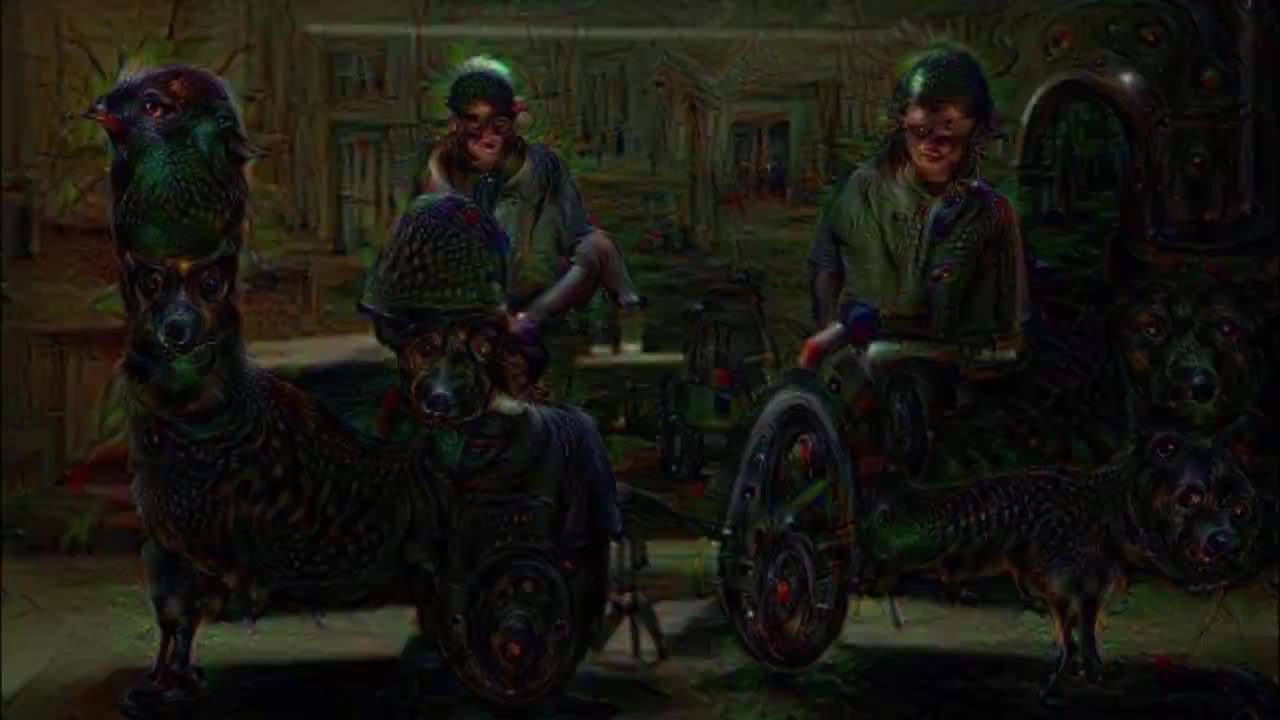
Chinese taikonauts will likely beat NASA astronauts back to the lunar surface in as little as five to ten years, longtime lunar scientist and geologist Paul Spudis now tells me. If so, that will happen primarily by default, as the lunar surface continues to drop off NASA’s crewed destination radar.
Of course, that doesn’t preclude Russia, the European Space Agency (ESA), or numerous commercial space ventures — who have all expressed a desire to return astronauts to the lunar surface — from getting there sooner. But for now, Spudis thinks the Chinese are most likely to next make it happen.
Spudis, author of the forthcoming, “The Value of the Moon: How to Explore, Live, and Prosper in Space Using the Moon’s Resources,” emphasizes that he does not object to a “Chinese presence” on the lunar surface. Rather, he objects to the U.S.’ long absence from the lunar surface and what he sees as “our abdication” of responsibility in creating a permanent American presence in cislunar space — the space between the Earth and the Moon. Such a presence, he argues, would guarantee unhindered access to both space commerce and resources available beyond low-Earth orbit (LEO).
Continue reading “China Likely To Beat NASA Back To The Moon” »















